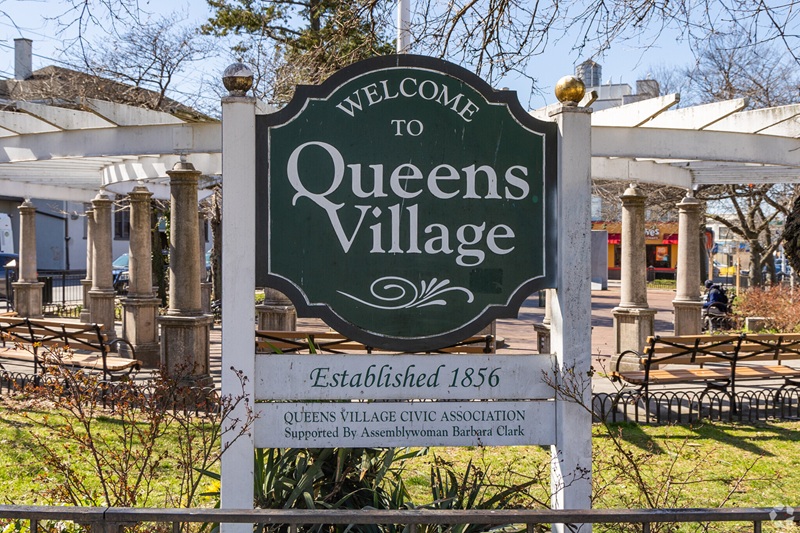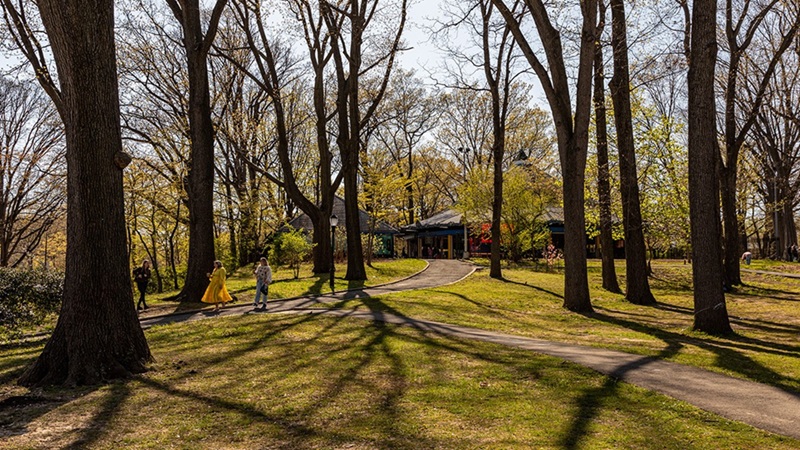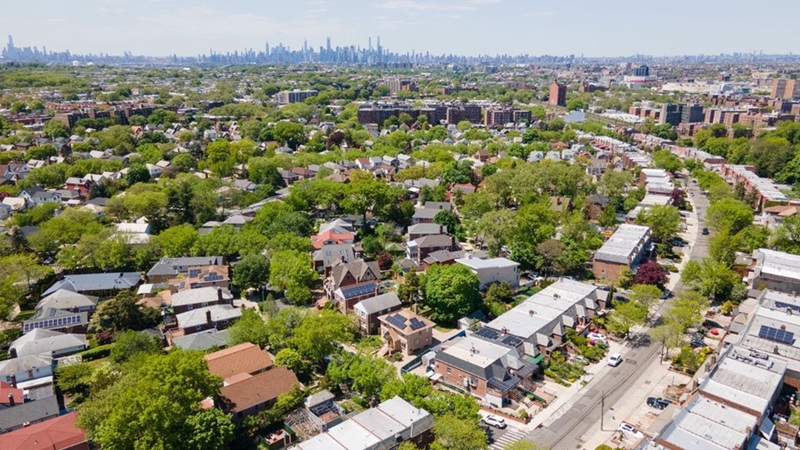
Queens Village is a charming, residential neighborhood located in the eastern part of Queens, New York City. Known for its suburban feel, tree-lined streets, and rich history, this area has long been a favorite for families looking for a quieter lifestyle while still being connected to the vibrant energy of New York City. With its blend of historic homes, local businesses, and close-knit community, Queens Village offers an inviting atmosphere for its diverse residents.
History and Development
Queens Village’s development dates back to the early 19th century when it was primarily rural farmland. It wasn’t until the late 1800s that the area began to transform with the advent of the Long Island Rail Road (LIRR) and the expansion of residential developments. The neighborhood’s name comes from the area’s location near the Village of Jamaica, a larger settlement nearby that became an important center in Queens County.
In the early 20th century, Queens Village experienced significant growth, as the development of the LIRR’s Long Island Rail Road’s Atlantic Branch made the area more accessible to people working in Manhattan and Brooklyn. As a result, Queens Village saw a surge in population and began to develop as a middle-class suburban enclave.
By the mid-1900s, Queens Village was largely settled by working-class families who were attracted to its affordable homes, spacious lots, and convenient transportation. Over time, the neighborhood expanded with the construction of more row houses, single-family homes, and apartment buildings. The community has continued to evolve, but much of its early 20th-century character is still preserved today.
Cultural Diversity
Queens Village, like much of Queens, is home to a diverse population, with residents coming from a variety of ethnic backgrounds. Historically, the neighborhood was home to Irish, Italian, and Jewish immigrants who settled here in the mid-20th century, seeking a suburban environment while remaining close to the heart of the city.
In recent decades, the community has become even more diverse, with an increasing number of African American, Caribbean, Hispanic, and South Asian families calling Queens Village home. The blend of cultures is evident in the neighborhood’s local businesses, restaurants, and cultural institutions. Whether it’s a Caribbean grocery store, a Latin American restaurant, or an African-owned boutique, the neighborhood’s diversity brings a vibrancy that is reflected in everyday life.
Residential Life and Housing
One of the defining characteristics of Queens Village is its primarily residential nature. The neighborhood is home to a mixture of detached single-family homes, semi-detached houses, and low-rise apartment buildings. Many of the homes are classic mid-20th-century styles, often with spacious front lawns and backyards, which make it especially appealing to families.
In addition to single-family homes, Queens Village offers a variety of affordable housing options. The availability of larger homes with generous outdoor spaces makes it an attractive neighborhood for families who want more room to grow. The real estate market here is considered relatively affordable compared to other areas of Queens, such as Astoria or Forest Hills, which has contributed to the area’s appeal among first-time homebuyers and young professionals.
Transportation and Accessibility
Queens Village benefits from excellent access to transportation, making it easy for residents to commute into Manhattan and the rest of New York City. The Long Island Rail Road (LIRR) provides quick access to Penn Station in Manhattan, with a commute time of around 35 minutes, making it a prime location for commuters who work in the city but prefer a quieter, suburban environment.
For those who prefer to travel by subway, the Fulton Street subway line offers easy access to nearby subway stations, such as the Jamaica-179th Street station, allowing residents to connect to the rest of the city. Additionally, buses run frequently throughout the area, providing another convenient mode of transportation.
The proximity to major highways, such as the Long Island Expressway (I-495) and the Southern State Parkway, further enhances the neighborhood’s accessibility, making it easy to drive to other parts of Queens, Brooklyn, or even Long Island.
Parks and Recreation
Despite being a dense urban area, Queens Village offers plenty of green spaces and parks where residents can relax and enjoy outdoor activities. Hillside Park, located in the heart of the neighborhood, is a popular spot for families, offering playgrounds, sports fields, and open spaces for picnics and leisure.
Nearby, the Belmont Park provides a more expansive area for outdoor recreation. The park is famous for its Belmont Racetrack, a historic horse racing track that has been a fixture in the neighborhood since 1905. Belmont Park hosts the prestigious Belmont Stakes, one of the three races that make up the Triple Crown of thoroughbred racing.
Residents of Queens Village also have access to nearby Cunningham Park, a larger public park that offers hiking trails, sports fields, and nature preserves, perfect for outdoor enthusiasts.
Education and Community Life
Queens Village is home to a variety of educational options, including several public and private schools. The neighborhood is served by the New York City Department of Education, and local schools offer a range of academic programs. Families also have access to nearby libraries, such as the Queens Village Library, which offers a variety of educational resources and community programs.
Community engagement plays a vital role in Queens Village, with local organizations and neighborhood associations offering programs and services to enhance quality of life. Whether through youth programs, senior citizen services, or neighborhood clean-up initiatives, there is a strong sense of community and a shared commitment to improving the area.
Local Businesses and Amenities
Queens Village has a wide range of local businesses, from family-owned restaurants to small retail shops. The Queens Village Shopping Center, located along Jamaica Avenue, is a popular destination for residents to shop for everyday essentials. Many restaurants in the area feature diverse cuisines, from Italian and Mediterranean to Caribbean and Latin American, providing a wide variety of options for dining out.
Additionally, the neighborhood is home to a number of medical centers, religious institutions, and fitness facilities, making it an incredibly convenient place to live.
Conclusion
Queens Village is a well-established, family-oriented neighborhood that offers the perfect balance of suburban living and urban connectivity. With its affordable housing options, excellent transportation links, and diverse community, it’s no wonder that so many families and individuals choose to call this neighborhood home. Whether you’re enjoying the green spaces, shopping at local stores, or commuting to the city, Queens Village provides a peaceful and welcoming environment for all its residents.

